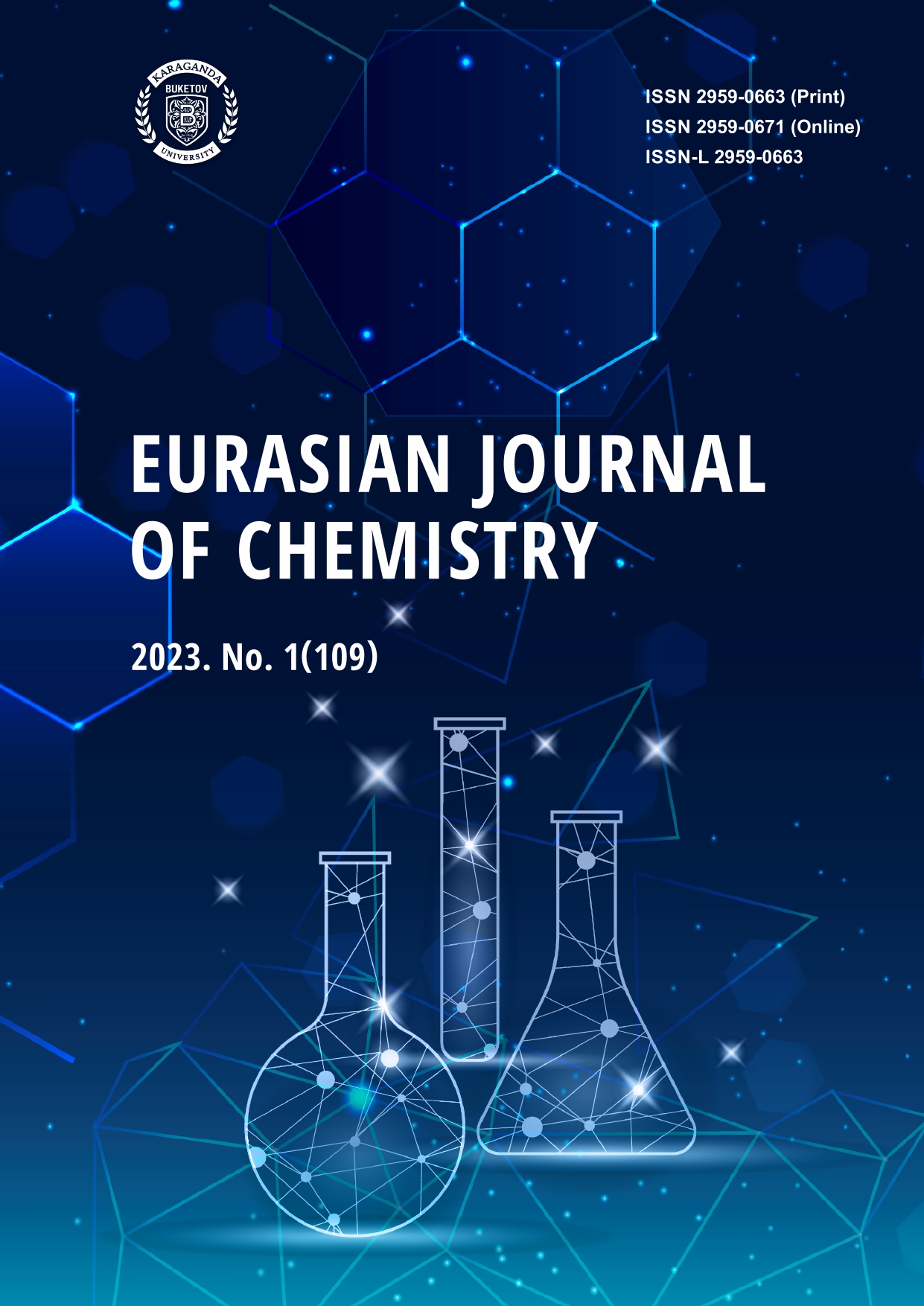Moisture Transfer During its Evaporation from Sugar Solutions
DOI:
https://doi.org/10.31489/2959-0663/1-23-4Keywords:
moisture, bond, sugar solutions, mathematical model, process, evaporation, thermal analysis, differential scanning calorimetry, differential thermal analysis, concentration, glass transitionAbstract
In this work, studies were carried out on the water evaporation from concentrated solutions of such sugars as sucrose, fructose, glucose, galactose, to determine the evaporation mechanisms. Differential scanning calorimetry (DSC) method in the temperature range from –70° C to +200° C, as well as the combined thermogravimetric analysis with differential scanning calorimetry under isothermal conditions at temperatures of 30°, 45°, 60 °C were used. The analysis of the DSC curves of sucrose solutions at low temperatures shows that in sugar solutions with a concentration of 65 %, water does not produce melting peaks. Therefore, it can be considered bound in the first hydration shells of sucrose. Isothermal thermogravimetric measurements give close to linear dependences of mass loss on time, and their slope being determined by temperature. At higher concentrations of sucrose solutions DSC curves for disaccharides are shifted relative to the curves for monosaccharides. This may be due to the lower permeability of the film surface for water. The evaporation model based on the vacancy mechanism of water molecules movement in concentrated sugar solutions was proposed. According to this model, the region enriched with vacancies of water molecules gradually penetrates deep into the sample. In this case, the number of water molecules in each layer of the region sets at a certain level. The given model constructions are applicable to the initial stages of water evaporation from concentrated sugar solutions.
Downloads
Published
How to Cite
Issue
Section
License
This work is licensed under a Creative Commons Attribution-NonCommercial-NoDerivatives 4.0 International License.
Authors retain copyright and grant the journal right of first publication with the work simultaneously licensed under a Creative Commons Attribution License (CC BY-NC-ND 4.0) that allows others to share the work with an acknowledgement of the work's authorship and initial publication in this journal.




